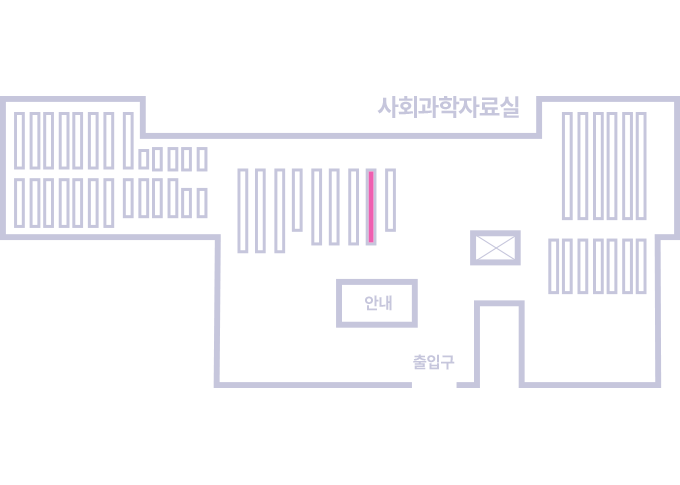권호기사보기
| 기사명 | 저자명 | 페이지 | 원문 | 기사목차 |
|---|
| 대표형(전거형, Authority) | 생물정보 | 이형(異形, Variant) | 소속 | 직위 | 직업 | 활동분야 | 주기 | 서지 | |
|---|---|---|---|---|---|---|---|---|---|
| 연구/단체명을 입력해주세요. | |||||||||
|
|
|
|
|
|
* 주제를 선택하시면 검색 상세로 이동합니다.
Title page 1
Contents 1
Abstract 3
1. Introduction 4
2. Background Information, Data and Empirical strategy 8
2.1. Background Information 8
2.2. Data 8
2.3. Protest Outcomes 9
2.4. Social Gap 11
2.5. Empirical Approach 14
3. Results 15
3.1. Protests by Levels of Objective Status, Subjective Status and Social Gap 15
3.2. Estimation Results: Baseline, Dynamics, Alternative Outcomes and Heterogeneity 18
3.3. Estimation Results: Adding Key Protest Determinants 22
3.4. Additional Robustness Checks 24
4/5. Concluding remarks 26
References 27
Tables 20
Tab.1. Baseline estimations and dynamics 20
Tab.2. Estimations adding key protest determinants 24
Tab.3. Sensitivity analysis 26
Figures 13
Fig.1. Trends in social gap and redistributive preferences 13
Fig.2a. Protest rates across income, occupation or perceived ranks (no controls) 16
Fig.2b. Protest rates across income, occupation or perceived ranks (controls) 16
Fig.3. Protest rates by social gap levels 17
Fig.4. Estimations for alternative protest outcomes 21
Fig.5. Heterogeneous effects on protest frequency 22
Appendix Tables 36
Tab.A1. Basic protest estimations 36
Tab.A2. Occupation levels (EGP classification) 37
Tab.A3. Specification Tests 38
Appendix Figures 33
Fig.A1. Proportion of demonstrators in the panel 33
Fig.A2. Number of protest participants and interview date 34
Fig.A3. Distributions of perceived status and social gaps 34
Fig.A4. Household income distribution 35
Fig.A5. Percentage of protesters by income x social gap cells 35
Latent feelings of economic vulnerability and social stagnation may have catalyzed the unprecedented uprisings that shook Latin America and other parts of the world in 2018-2019.
We document this process in the context of Chile, leveraging survey data on protest participation and its potential determinants.
Specifically, we construct a “social gap” index, measuring the disconnect between objective and perceived social status.
Our findings suggest that this social gap predicts protest involvement beyond factors such as perceived living costs, the subjective value of public services, peer influence, or political demands.
Notably, it complements broader feelings of anger toward inequalities in explaining protests.
*표시는 필수 입력사항입니다.
| *전화번호 | ※ '-' 없이 휴대폰번호를 입력하세요 |
|---|
| 기사명 | 저자명 | 페이지 | 원문 | 기사목차 |
|---|
| 번호 | 발행일자 | 권호명 | 제본정보 | 자료실 | 원문 | 신청 페이지 |
|---|
도서위치안내: / 서가번호:

우편복사 목록담기를 완료하였습니다.
*표시는 필수 입력사항입니다.
저장 되었습니다.